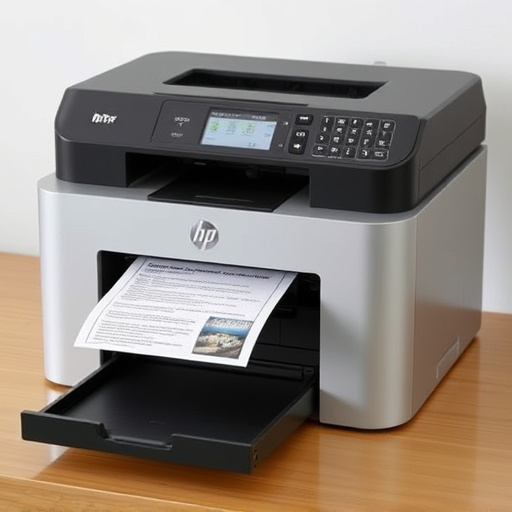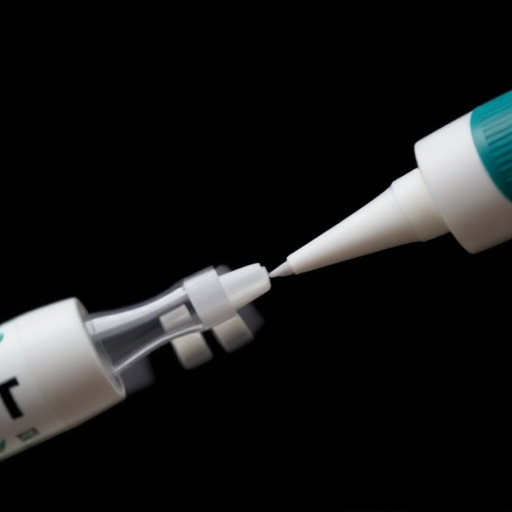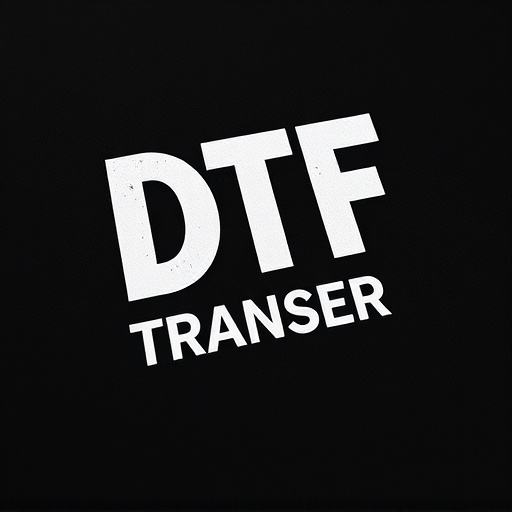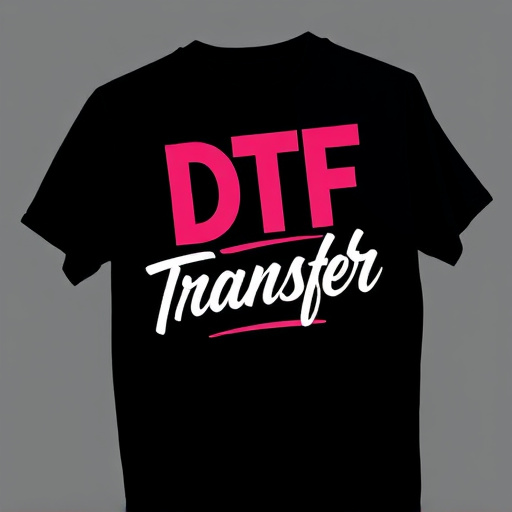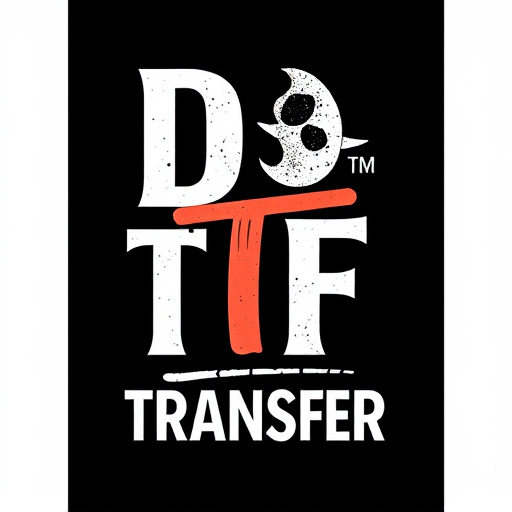Direct-to-Film (DTF) transfer is a cutting-edge printing process that converts digital images into physical film-like prints with vibrant colors and rich textures. This method uses specialized printers to replicate the characteristics of film grain, appealing to enthusiasts who value both digital convenience and traditional film aesthetics. Converting photos to DTF requires strategic choices in equipment, materials, and post-processing techniques. The process offers unique artistic expressions, merging vintage aesthetics with modern technology, and is suitable for various photography niches.
“Unleash the timeless allure of film photography with Direct-to-Film (DTF) transfer technology. This innovative process transforms digital images into physical art on film, offering a unique and artistic approach to printing. In this comprehensive guide, we’ll explore the intricacies of DTF, from its working principles to its creative applications. Discover how to convert your digital photos, choose the right equipment, optimize prints, and unlock the endless possibilities this technology offers for photographers seeking an authentic, vintage-inspired experience.”
- Understanding Direct-to-Film (DTF) Transfer: A Brief Overview
- The Process of Converting Digital Images to DTF Format
- Benefits and Applications of DTF Printing in Photography
- Choosing the Right Equipment for DTF Transfer and Printing
- Techniques for Optimizing DTF Prints: Tips and Best Practices
- Exploring Creative Possibilities with DTF Transfer Technology
Understanding Direct-to-Film (DTF) Transfer: A Brief Overview

Direct-to-Film (DTF) transfer is a cutting-edge process that revolutionizes the way photographic images are printed and captured, offering a unique alternative to traditional printing methods. This innovative technique enables digital photographers and artists to convert their digital images directly into physical film-like prints without the need for intermediate files or complex editing processes. The DTF method involves a specialized printer that replicates the characteristics of film grain and texture, producing stunning, high-quality prints that closely resemble traditional film photography.
With DTF Transfer, the digital image is precisely mapped onto a specific type of film, resulting in vibrant colors, rich tones, and a distinct visual aesthetic. This process eliminates the need for costly and time-consuming scanning or exposure steps typically required in other printing methods. DTF prints have gained popularity among photographers and enthusiasts who appreciate the art of film photography while benefiting from the convenience and flexibility of digital capture.
The Process of Converting Digital Images to DTF Format

Converting digital images to a direct-to-film (DTF) transfer format is a specialized process that involves several key steps. It starts with preparing the digital file, ensuring it meets the specific requirements for DTF printing. This includes adjusting resolution, color profiles, and contrast settings to match the desired film look. Professional software tools are employed to manipulate the image, allowing for precise control over the final output.
Once the digital image is optimized, the file is ready for transfer onto film stock. This process utilizes advanced printing techniques where the digital data is precisely etched onto a light-sensitive medium, creating a negative or positive print depending on the desired effect. The result is a high-quality DTF print that retains the richness and texture of traditional film photography, offering a unique aesthetic experience for both photographers and art enthusiasts alike.
Benefits and Applications of DTF Printing in Photography
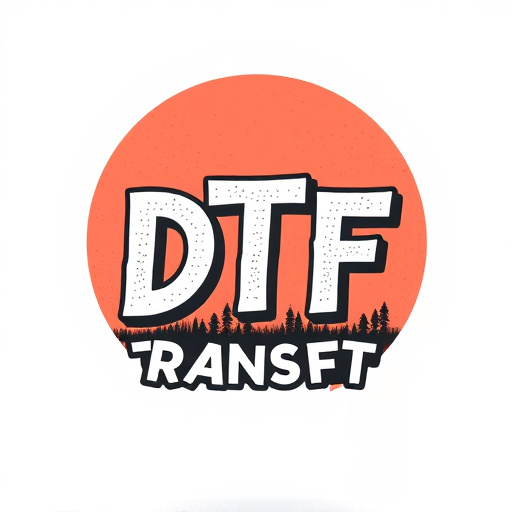
Direct-to-film (DTF) transfer printing offers a unique and compelling set of benefits for photographers looking to preserve their images in a traditional, analogue format. Unlike digital printing methods, DTF involves transferring an image directly onto film stock, resulting in a one-of-a-kind print that captures the tonal nuances and textures of the original photograph with remarkable accuracy. This process retains the organic quality of film, making each print distinct and adding a sense of nostalgia to the photographic experience.
DTF printing finds applications across various photography niches. From fine art photographers creating limited-edition prints for collectors to professional portrait studios offering timeless, high-quality portraits, DTF offers a versatile solution. Its ability to produce vibrant colours, deep blacks, and excellent contrast makes it suitable for landscapes, street photography, and even archival work. Moreover, the physical nature of DTF prints allows for easy display and framing, providing photographers with a tangible connection to their artwork that can be passed down through generations.
Choosing the Right Equipment for DTF Transfer and Printing
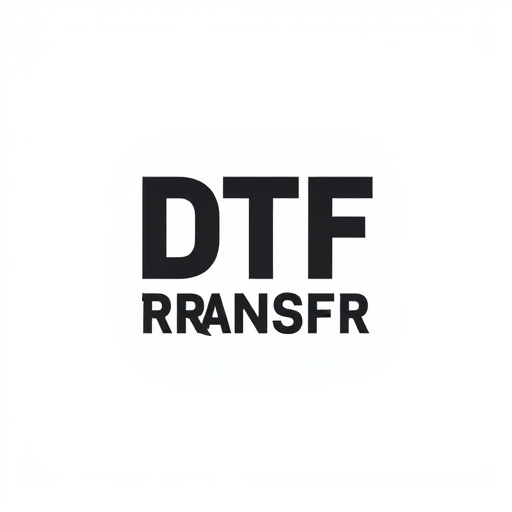
Converting photographic images to a direct-to-film (DTF) transfer format requires careful consideration of equipment choices to achieve optimal results. The first step is selecting a high-quality film stock suitable for your desired DTF prints. This decision influences the final image’s clarity and durability. Look for films with fine grain structures and good contrast, ensuring they align with your artistic vision.
For accurate DTF transfers, you’ll need specialized equipment like a professional-grade scanner capable of handling large formats and high resolutions. A top-tier inkjet printer, preferably with pigment inks, is essential for precise color reproduction during the printing process. Additionally, invest in quality photo papers or films that complement your chosen film stock to ensure vibrant and long-lasting DTF prints.
Techniques for Optimizing DTF Prints: Tips and Best Practices

Optimizing Direct-to-Film (DTF) prints involves a blend of technical expertise and artistic finesse. Firstly, choose the right film stock suited for your desired outcome—whether it’s grain structure or color saturation. Adjusting exposure times and developing processes is key; experiment with different settings to achieve the perfect balance between detail retention and film texture.
Additional tips include using high-quality photographic negatives, ensuring precise registration during the transfer process, and applying consistent pressure during printing. Post-processing techniques such as spot coloring or adding vintage effects can enhance DTF prints, but proceed with caution to avoid artifacts or smudges. Remember, practice and patience are essential; each DTF transfer is a unique artistic endeavor.
Exploring Creative Possibilities with DTF Transfer Technology
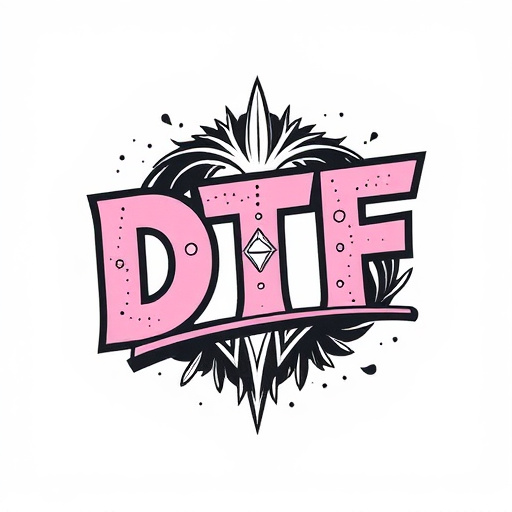
The advent of Direct-to-Film (DTF) transfer technology has unlocked a world of creative possibilities for photographers and artists alike. This innovative process allows for the conversion of digital photographic images into a physical film-like format, offering a unique blend of vintage aesthetics and modern convenience. With DTF Transfer, creators can transform their digital creations into tangible, high-quality prints that evoke the charm of traditional photography.
DTF Printing provides an opportunity to experiment with diverse artistic styles, from fine art to commercial applications. The technology enables precise control over various parameters, such as color accuracy, contrast, and grain structure, ensuring that the final DTF Prints remain true to the original vision. This versatility makes it an attractive choice for photographers looking to stand out in a digital age, offering a fresh take on their work and captivating audiences with tactile, artistic expressions.

